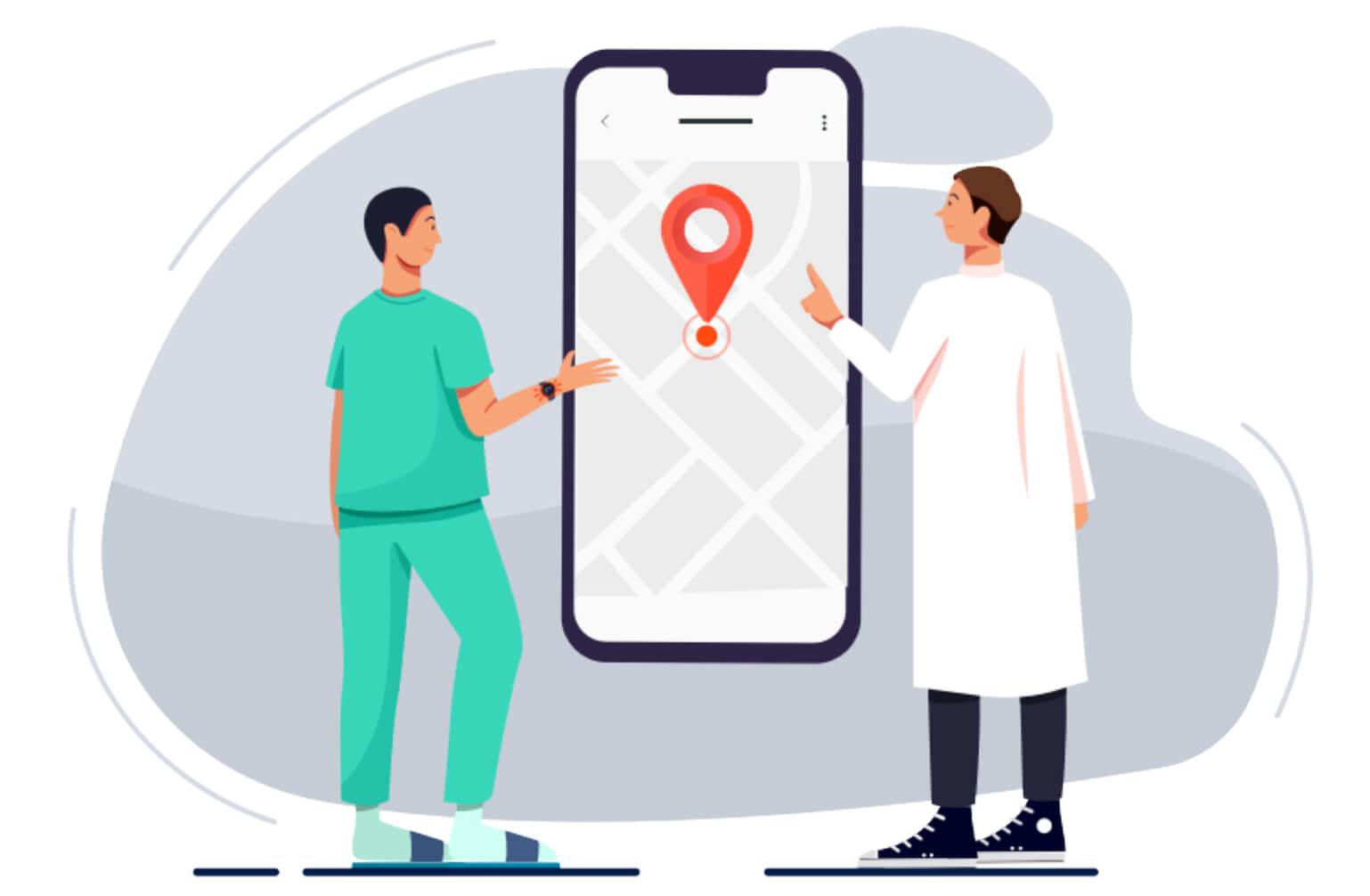As a leader in developing cutting-edge technology solutions for various industries, Blueiot is proud to introduce our advanced real time Location System (RTLS) solutions tailored specifically for healthcare settings. By leveraging the power of Bluetooth technology and our expertise in RTLS, we aim to enhance efficiency and safety within healthcare facilities. In this article, we will explore the concept of RTLS in healthcare, highlight the advantages of Blueiot's solutions, and demonstrate the positive impact they have on healthcare operations.

Introducing Blueiot's real time Location System (RTLS) Solutions
Real time Location Systems (RTLS) play a pivotal role in streamlining operations and improving patient care within healthcare settings. At Blueiot, our team of experts has developed state-of-the-art RTLS solutions that utilize Bluetooth technology for accurate and real time tracking. We understand the unique challenges faced by healthcare providers, such as asset management, patient flow optimization, and resource allocation. Our RTLS solutions are designed to address these challenges and provide healthcare organizations with comprehensive visibility and control over their operations.
Leveraging Bluetooth Technology for Accurate Real Time Tracking
Bluetooth technology offers significant advantages in terms of accuracy and compatibility, making it an ideal choice for RTLS in healthcare. Blueiot's RTLS solutions leverage Bluetooth technology to track the location of personnel, assets, and patients within healthcare facilities with precision. By integrating seamlessly with existing infrastructure, our solutions provide real time insights and actionable data, empowering healthcare providers to make informed decisions, improve workflow efficiency, and ensure patient safety.
Improving Efficiency and Safety in Healthcare Facilities with Blueiot's RTLS Solutions
Blueiot's RTLS solutions have a direct impact on improving efficiency and safety within healthcare facilities. By accurately tracking assets, healthcare providers can locate critical medical equipment in real time, reducing search time and improving response times. Our solutions also enable efficient patient flow management, ensuring that patients are moved through the healthcare facility seamlessly. Furthermore, by optimizing resource allocation based on real time data, healthcare organizations can minimize waste, reduce costs, and enhance overall operational performance.
Conclusion